By Sergio Rodriguez Gelfenstein *
After Nancy Pelosi’s visit to Taiwan, many opinions were expressed about what China could and should do in response. Last week, we reviewed some actions that readers sent me as a conclusion to their own reflections. Many of them were of a confrontational and catastrophic nature, assuming the need for a reply by China that would have led to a war, even of a nuclear kind. Such opinions did not seem to consider the impact that an event of these characteristics would have on the entire planet. Some reasoning, in a reckless way – from my point of view – ensured that if there was not a harsh response (understood as one of a warlike nature), this would show weakness on the part of China.
Anticipating this probable point of view, I wrote: “However, to those who assumed that the Chinese response was going to be the shooting down of Pelosi’s plane, the invasion of Taiwanese territory with a naval force or the devastation of the island with a rain of hypersonic missiles, it must be said that they know nothing about China, its philosophy, its history or its political and diplomatic practice”.
However, such concern motivated myself, so that I set out to investigate in order to reveal what the Chinese themselves think in structural terms about their strategic confrontation with the United States. For this reason, I will present the most important aspects of a long article recently written by Dr. Huang Renwei, Vice President of the Institute of International Relations of the Shanghai Academy of Social Sciences titled “Why did China’s dispute against the US hegemon power enter a phase of strategic stalemate?”
In general, the text defines that this phase of strategic stalemate between China and the United States is an intermediate between the phases of “intensification and dampening of the battle”. According to the author, this stage will last around 30 years depending on the conditions that China is able to create to achieve its goal of becoming a modern power, the changing balance of power between the United States and China, and how much they influence the changes of government in the United States and the adjustment they may make to their policy towards China.
In an effort to explain this interesting idea that points to the strategic nature of the confrontation between the two powers, Dr. Huang explains that the concept of “strategic containment phase” was coined by Mao Zedong in his work “On Protracted War”, published in Japan during the Chinese War of Resistance. At that time, Mao defined three stages for said war: Japan’s strategic offensive, China’s strategic confrontation (or strategic stalemate) with Japan, and China’s strategic counteroffensive.
Based on this conception, the author develops his hypothesis, but notes that, compared to that conflict, there are three main differences with the strategic rivalry between China and the United States today: the first is that this new competition does not occur in a framework of armed conflict. Second, it establishes that the third stage will not be marked by a strategic counteroffensive, because China does not have the objective of completely defeating the United States. The third difference is that after a long period of strategic stalemate, China-US relations “will enter a state of coexistence and co-governance.”
The Chinese researcher believes that the “strategic stalemate” stage has three characteristics: the relative balance of power between the two sides, the difficulty of either side defeating the other, and the lack of definition between what victory and defeat could mean. defeat. All this based on the fact that both parties have strong confidence in their ability to resist and sustain the strategic stalemate: “The United States is confident that it will maintain world hegemony for more than 50 years, and China is confident that it will achieve the great rejuvenation of the nation by 2050…”
This phase of strategic stagnation currently existing is characterized by the duality of the Chinese and American power structures. This is explained by the fact that the United States has remained relatively strong during its long decline, while China has remained weak during its rise, a factor that is now changing. This characteristic has made the main foundation that is lived is that of a stage of unprecedented changes that will transform over time.
For the United States, duality means a growing gap between its hegemonic power and its objectives, since when the United States and the Soviet Union were superpowers in the bipolar world, their world hegemony was incomplete. After the end of the cold war and the disappearance of the USSR, the United States became the only superpower in the world, establishing a unipolar hegemony that it could not sustain, as manifested by the withdrawal of troops from Afghanistan and the crisis in Ukraine.
Nonetheless, in this period of long American decline, Washington remains the most powerful country in the world based on its considerable financial control, greater scientific and technological innovation, superior military strike power, and the ability to influence world public opinion. In this sense, it must be considered that the “decline of hegemony” is not the same as the “weakening of global national power” of the United States. In addition, the current international system inherited from the Second World War continues to be influenced in a decisive way by the United States, although it is now trying to alter this situation, establishing what it calls the “rules-based international order” which is nothing more than a new US tax.
At this point, the also director of the Pudong Institute for the United States’ Economy says that other variables must be considered, if the confrontation between the emerging powers and the defending ones is inevitable in the process of transferring power to the great powers. Likewise, if the reduction of the power gap between the rising powers and the defending ones will create limits and lead to a strategic confrontation. In other words, it should be borne in mind that in 2001, China’s economy was 10% of that of the United States, while this year it will be 77%. That figure will continue to rise without the United States being able to prevent China from catching up and surpassing it.
Another variable that requires reflection is whether the structural contradictions between China and the United States can be transformed into confrontational relations in certain conditions, or cooperative relations in others. China and the United States have a high degree of interdependence and coincidence of interests, and neither can completely abandon the complementary relationship with the other and implement the so-called “decoupling”.
From my point of view, this last statement embodies a dialectical contradiction, since it does not seem possible that in the future there could be “cooperative relations” between the United States and China because this implies an antagonistic confrontation between socialism and capitalism, if it is true that As has been stated a thousand times and will be reiterated at the next 20th Congress of the Communist Party of China, the country is advancing towards socialism. This issue is neglected in Dr. Huang ‘s analysis.
In a different aspect, the possible duration of the phase of strategic stagnation is also analyzed. The Chinese academic believes that this will depend on the speed of the change in the balance of power between the two parties. This power refers to a global competitiveness that encompasses all factors, including economic, military, diplomatic, political and public opinion, in which scientific and technological competitiveness becomes a decisive element to establish itself as a contemporary global national power. Therefore, the speed of China’s technological development will determine the duration of this phase. In four areas: science and technology, military, finance and soft power, the United States continues to be dominant and although the gap with China is narrowing, it remains significant despite the fact that it is expected that by 2035, China will approach the level of United States in basic technological areas on its way to fulfilling the strategic goals set for the centenary of its foundation in 2049.
This is the framework that makes it possible to understand the general trend of relations between the United States and China in order to maintain strategic stability, considering – as was said before – that each change of president in the United States will mean oscillations in the politics between the two powers.
This context should lead China to exploit the success of these cyclical changes in order to gain the strategic initiative and take advantage of this buffer period, avoiding a large-scale confrontation with the United States. Dr. Huang concludes by stating that: “…if we want to avoid a strategic confrontation between the United States and China in a period of 20 to 30 years, we have to take advantage of […] to digest the consequences left by the previous period of intensification and prepare to the crisis that may arise in the following period…”.
As can be seen, the issue is much more complex than the repercussions that Mrs. Pelosi’s trip to Taiwan could generate, the tirade about whether her plane should have been shot down and even the possibility of occupying Taiwan by force, an operation that in military terms it should not be a major inconvenience for China, but that it would lead to a conflagration that Beijing wants to avoid at all costs, because the success of its thought and philosophy is based on winning by the superiority of its soft power, as it is drawn from the teachings of Confucius.
* Sergio Rodríguez Gelfenstein is a Venezuelan international relations expert, who was previously Director of the International Relations of the Presidency of the Bolivarian Republic of Venezuela, his country’s ambassador to Nicaragua and an advisor for international politics for TELESUR. Gelfenstein has written numerous books, among them “China in the XXI Century – the awakening of a giant” which has been published in several Latin American countries.







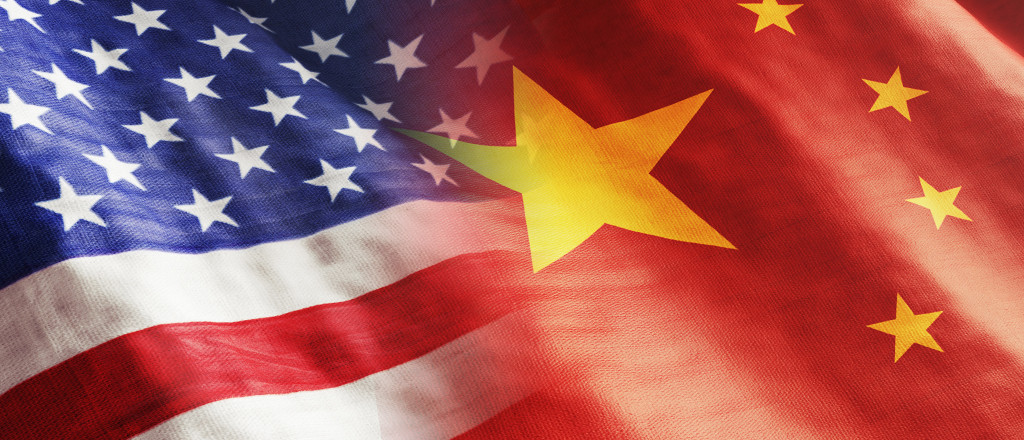

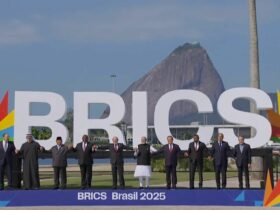


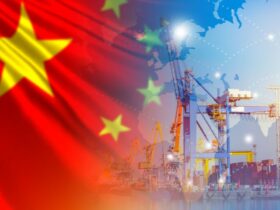

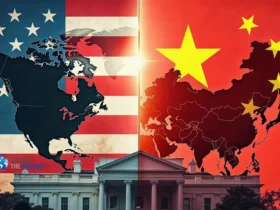
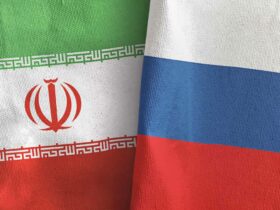

Leave a Reply